[ad_1]
Pollinator gardens are full of perennial and annual species that entice bees, butterflies, and moths. Completely completely different animals eat the bugs, which magnetize better animals in some areas! This net of life helps your yard by conserving pest populations in research, and by introducing pollinators to your fruits and veggies.
Queen of the prairie is an iconic native perennial good for these areas. It erupts in summer season season with blooms that resemble rose spirea nonetheless in clusters atop eight-foot tall stems! Finely divided leaves with jagged edges resemble palms. This plant is terribly decorative and a boon for wildlife.
You presumably can develop this perennial in your yard in case you’ve got a moist location that’s 4 toes large. Queen of the prairie spreads a bit when it’s mature, and it’ll develop tall when it’s joyful. It furthermore reseeds readily in case you depart the seed heads, so that you simply simply’ll take pleasure in new seedlings for years. Sow some seeds in the intervening time, or uncover a potted plant for simple transplanting.
Espoma Bio-tone Starter Plus Pure Plant Meals (4 lbs.)
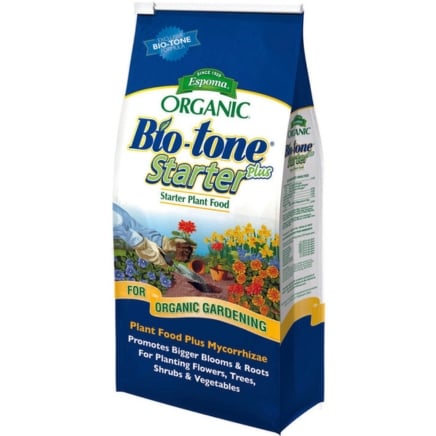

- Grows better root mass to assist vegetation prepare quick
- Reduces transplant loss
- Promotes larger blooms
- Microbe enhanced all pure pure fertilizer with no sludges or fillers
Filipendula rubra ‘Queen of the Prairie’ Overview
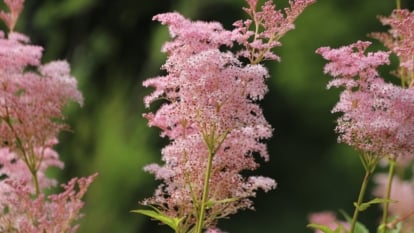

|
|
|
|
What Is It?
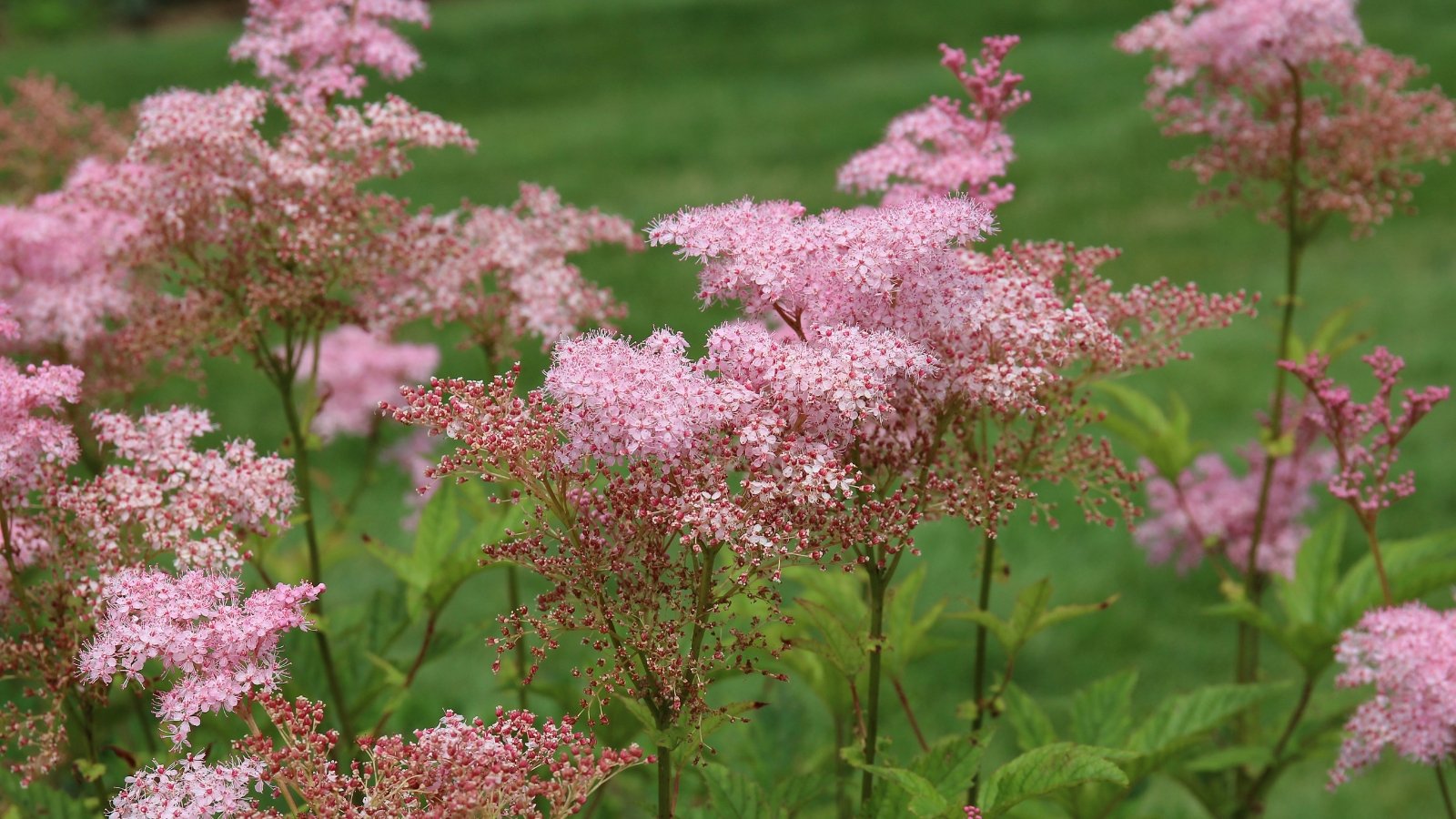

Queen of the prairie is an herbaceous perennial that sprouts from the underside all via heat native climate in spring. It’s an in depth relative of meadowsweet and dropwort, preferring related situations. Look for its scientific title Filipendula rubra, or its frequent title queen of the prairie. The species kind and its cultivars are good for gardens that want tall and dramatic constructions.
Native Space


Uncover this native wildflower rising wild in jap states between the East Coast and Good Plains. It likes swampy, boggy situations and sunny exposures. Mounted moisture helps it attain excessive, and full picture voltaic offers it the flexibility to develop dozens of leaves and bloom clusters.
Though it’s native to the jap U.S., it’ll furthermore thrive all by means of North America in hardiness zones 3 by way of 8. Match the situations in its native differ, and it’ll thrive regardless of the place you yard.
Traits
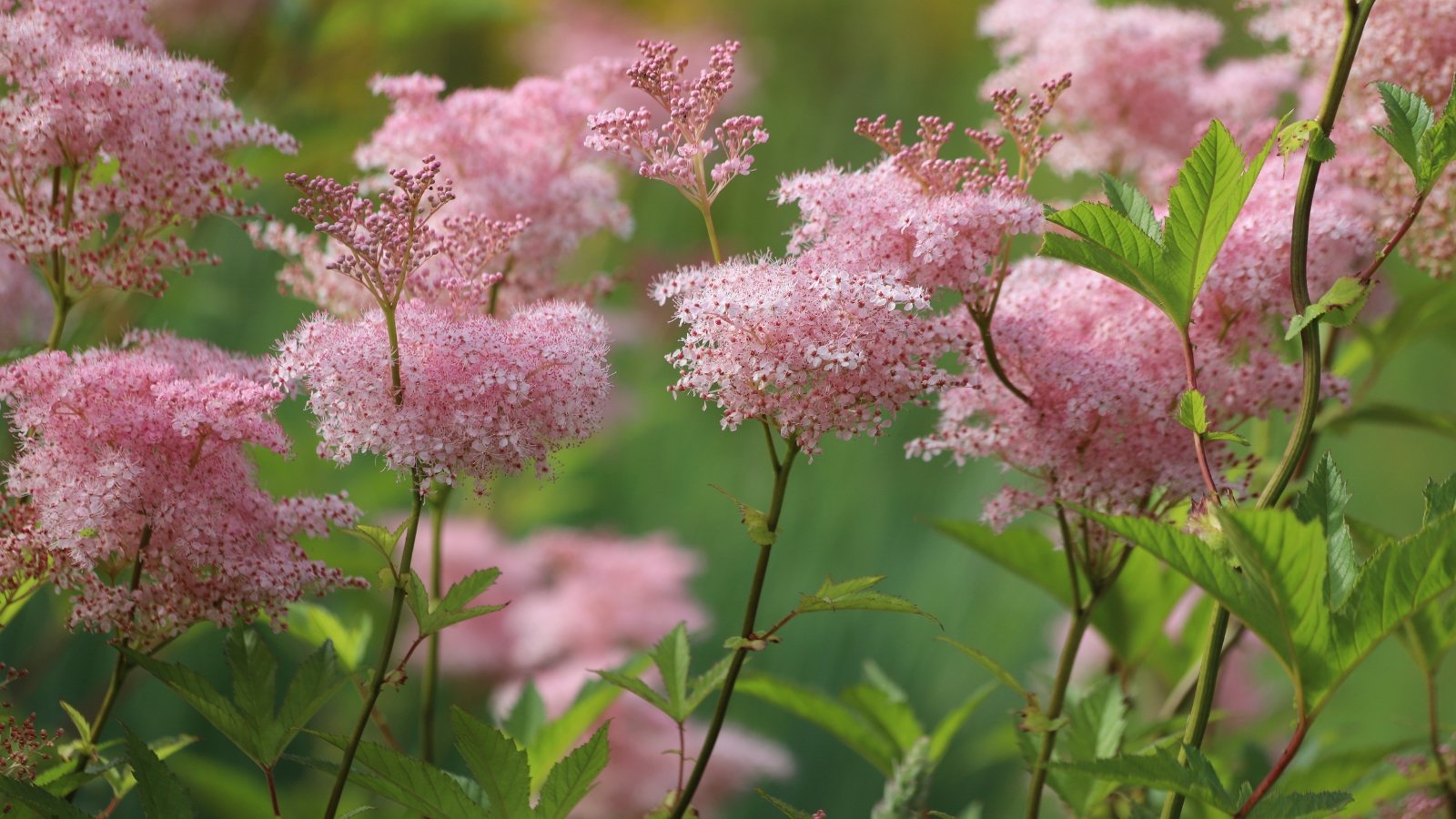

Queen of the prairie sprouts stems to eight toes tall in early or midsummer with vibrant pink blooms. Every blossom is a set of tiny flowers full of pollen. They lure pollinators to pollinate completely completely different flowers shut by.
The stems sprout jagged leaves with divided fingers. Numerous stalks sprout from the plant’s base, and increasingly more further develop yearly on account of it turns into older. The plant goes dormant all through the winter, dying as soon as extra to an underground root system so it will presumably survive arduous frosts.
Planting
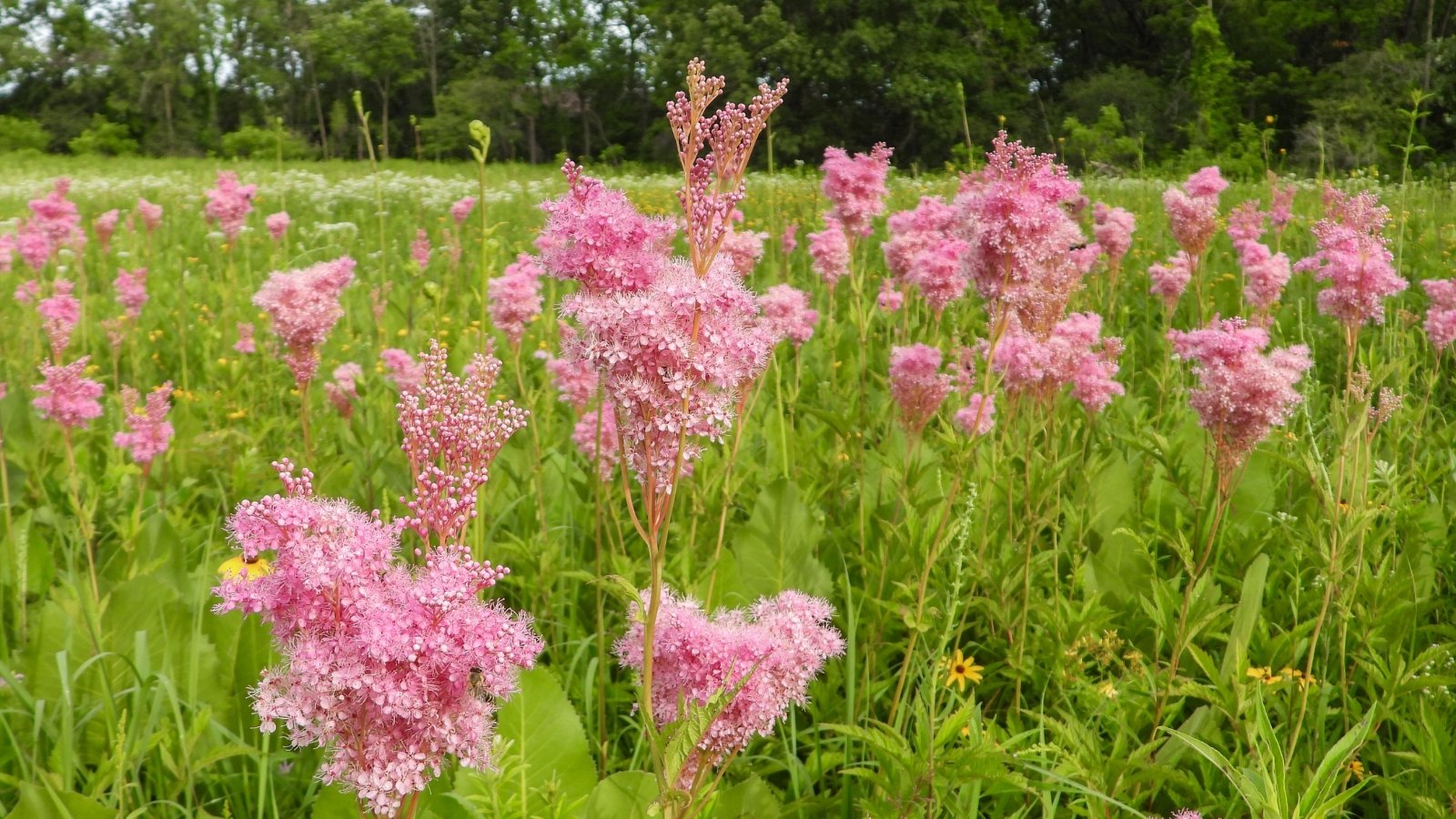

Queen of the prairie grows correctly from seeds or potted vegetation. Uncover every close to you at a native native plant nursery or look on-line for plant or seed retailers. This species is frequent in jap states, though chances are you might have considered trying assist discovering it regionally in a number of areas of North America. In case your neighbor has a plant, ask them for seeds or divisions!
Rising from Seed
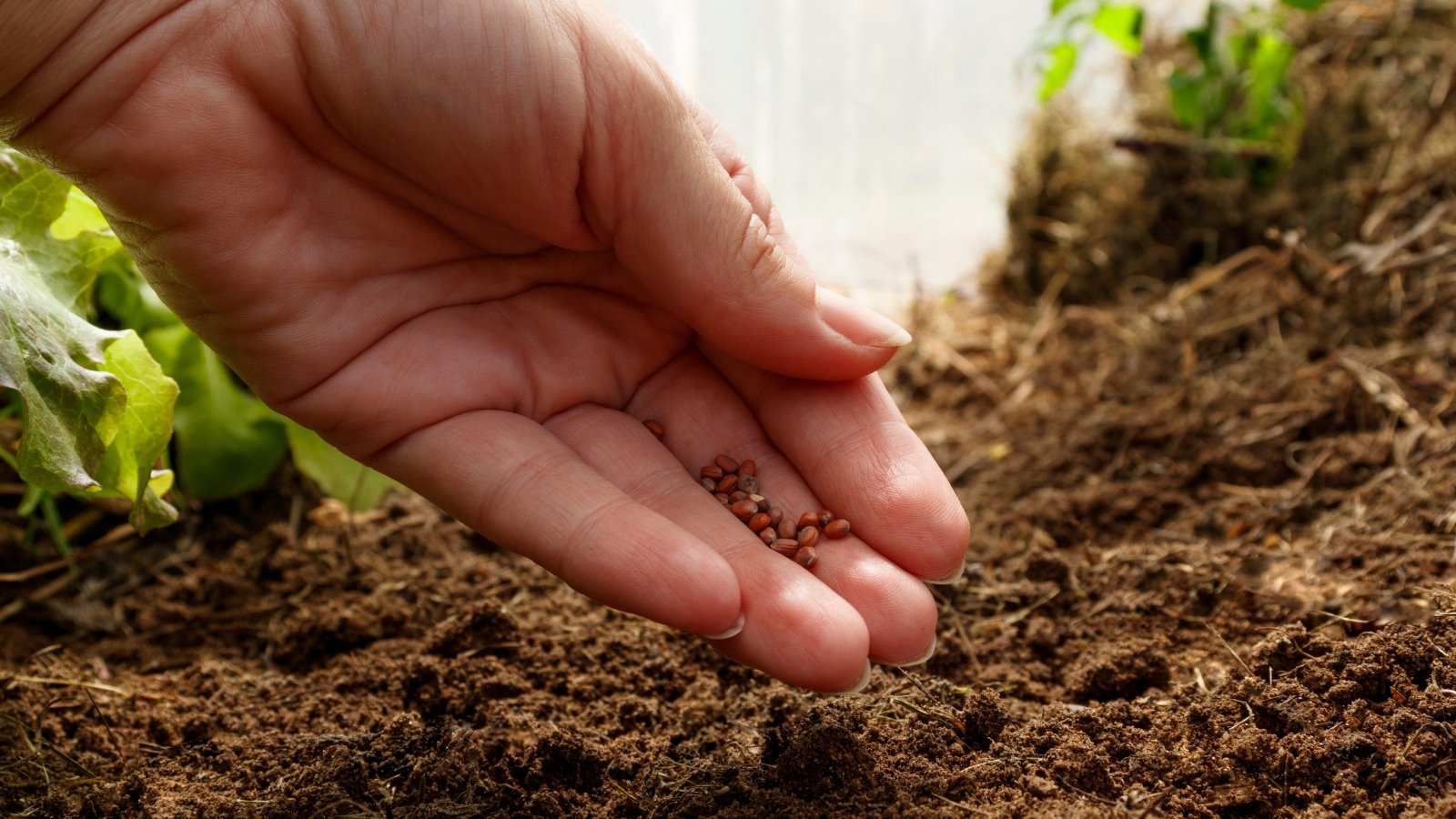

Beginning this perennial from seeds is troublesome, nonetheless it’s doable with the right remedy. Queen of the prairie seeds want a chilly stratification interval of 90 days—they germinate after publicity to chilly temperatures for that interval. They sprout into seedlings after heat and moist spring native climate arrives.
Sow seeds exterior all through the autumn so that they bear their acceptable winter chilly stratification. They want moist soil with good drainage exterior. If sowing in pots, use a free draining nonetheless absorbent potting combine wealthy in pure matter. After seedlings sprout in spring and develop hardy with a wide range of leaves, transplant them into their ultimate location.
Throughout the event you reside in an space local weather with out necessary winter frost, you’ll be able to simulate winter chilly stratification collectively alongside along with your fridge. Place seeds in a soilless combine with supplies like sawdust or vermiculite. Barely dampen the combo, then place the seeds inside. Retailer them all through the fridge for 90 days, then sow them in pots or exterior in spring.
Transplanting
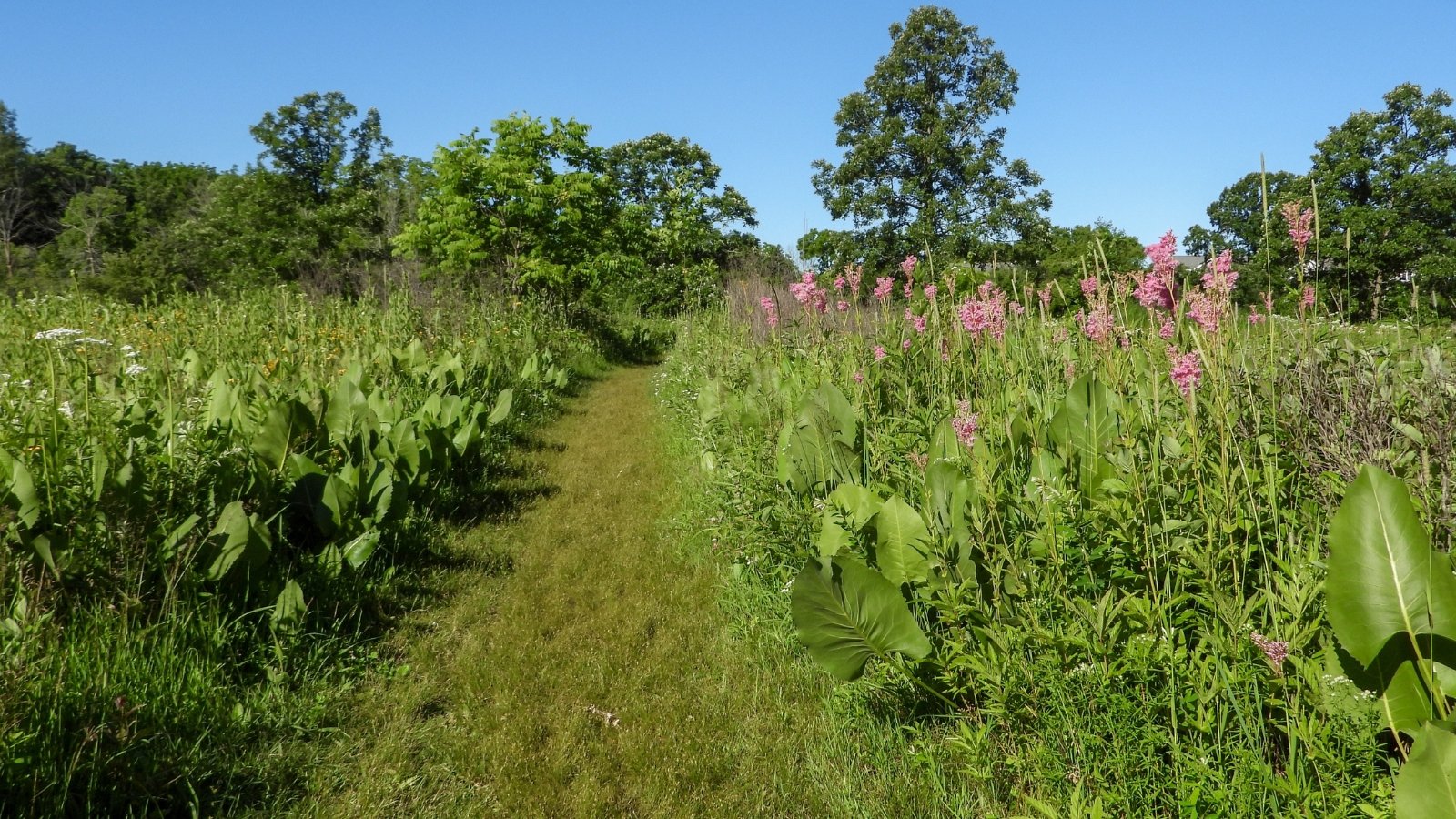

Transplant seedlings after they’ve a wide range of stems with leaves. They want a sunny, moist location with quite a lot of pure matter all through the soil. Combine in compost or mulch forward of planting in case your yard is stuffed with clay or sand. That is greatest a month or two ahead of transplanting to permit the dietary nutritional vitamins and microbes to inhabit the house. They’ll create a fertile, cozy residence for this plant’s roots.
Throughout the event you’d wish to plant in poor soils with out ready, merely mix in some compost all via planting. Dig a spot as deep and twice as large as your plant’s rootball, then incorporate compost into the soil from the opening. Place the plant all through the opening, and backfill it collectively alongside along with your mixture of compost and filth. Water the positioning correctly, and watch as your plant soars to the sky all through the warmth of summer season season!
The only time to transplant is early spring ahead of this species sprouts flowers. You might also transplant specimens all via autumn ahead of they go dormant. Put them all through the bottom a minimal of two months ahead of your first frequent frost date to permit the vegetation to acclimate fully ahead of arduous winter frosts.
How one can Develop
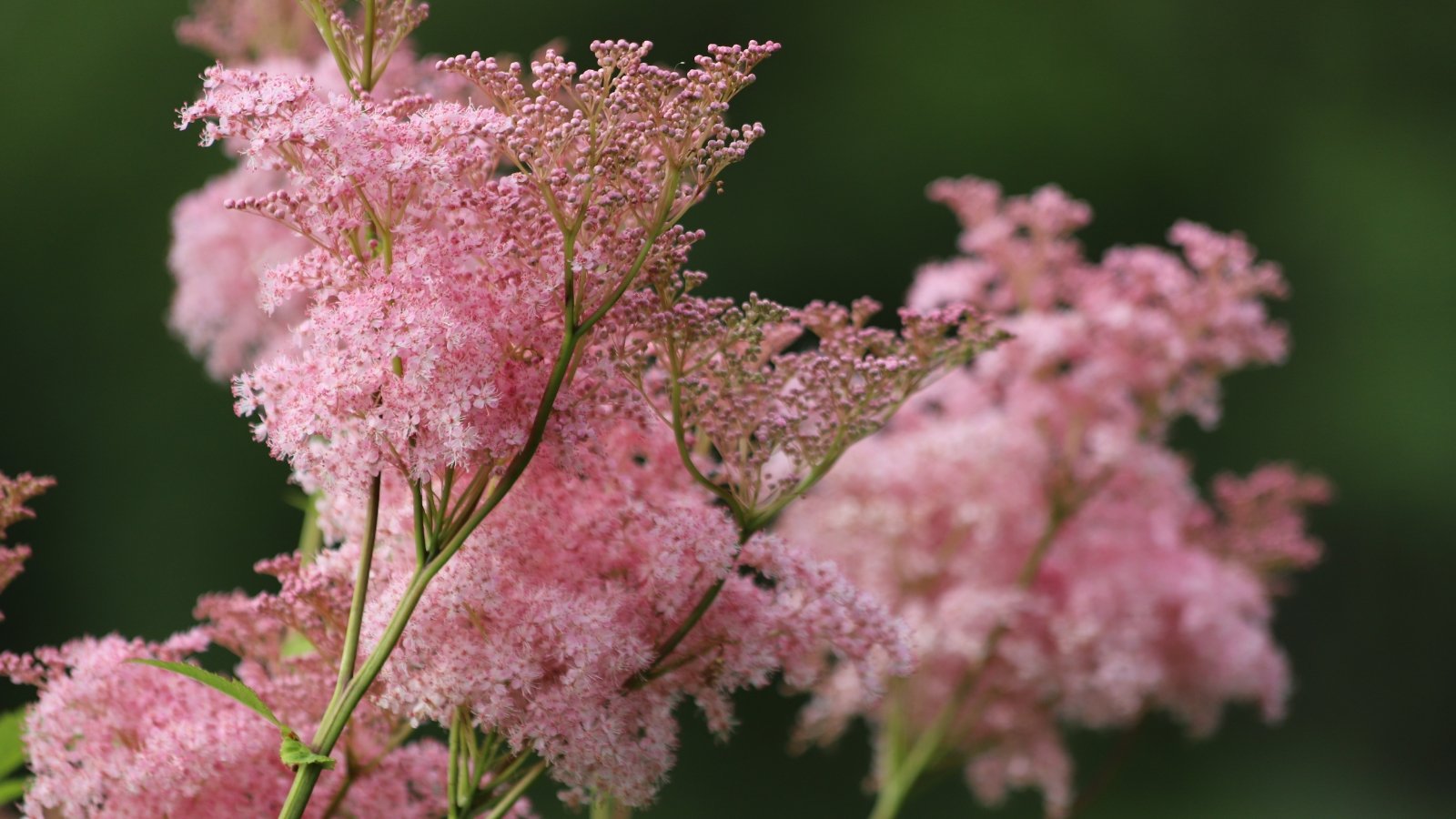

This herbaceous perennial has some easy necessities. Give it what it wants, and it’ll reward you with blooms this season! Grant your plant full picture voltaic, frequent water, and wealthy soil, and watch it develop to be a giant and tall specimen. Glad vegetation divide merely, which implies you should buy one plant and have dozens in future years.
Light
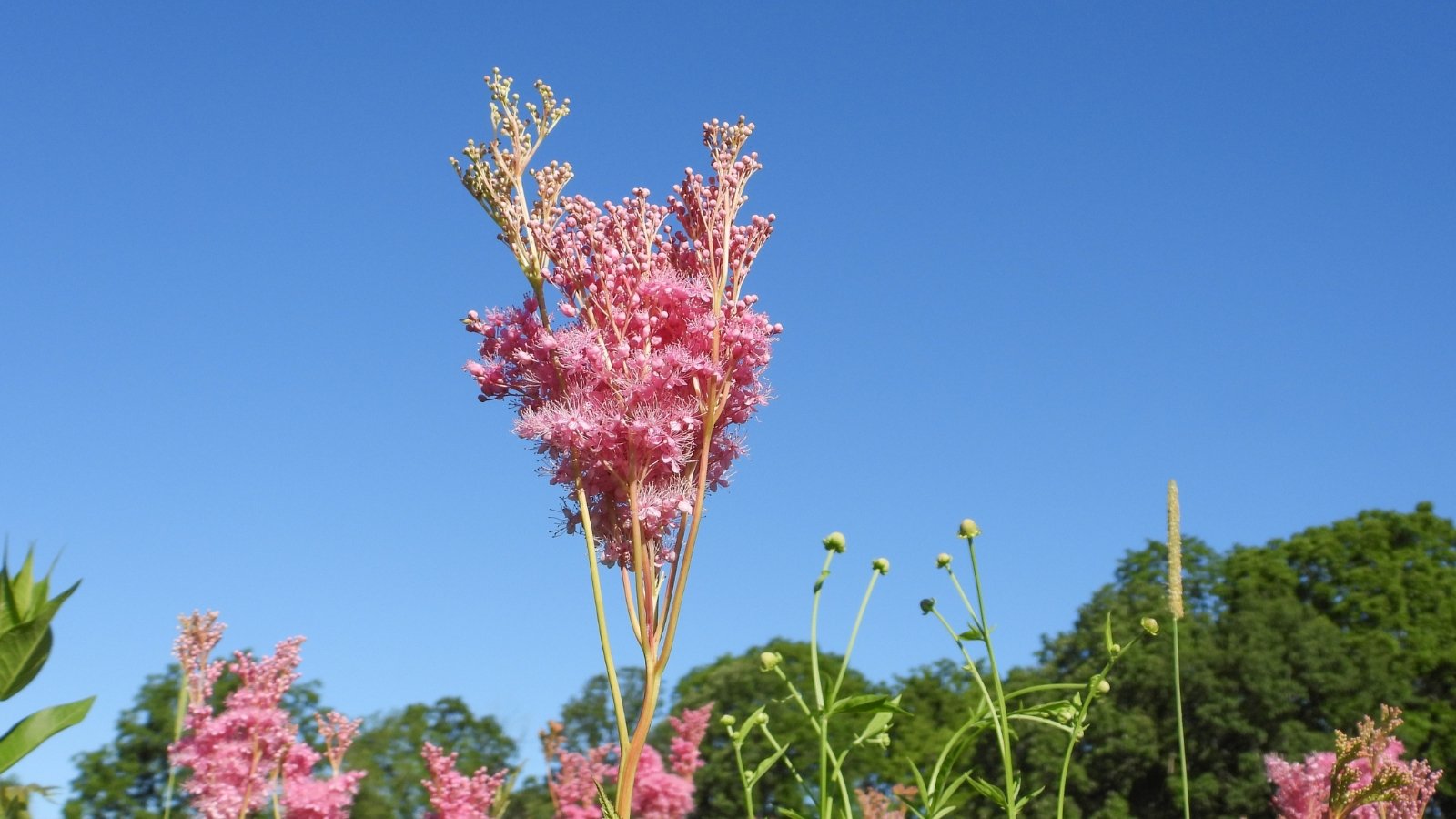

This native wildflower thrives under full picture voltaic or partial shade. It blooms extra typically and reaches elevated with six to eight hours of direct daylight, though it’ll survive with three to 6 hours. Contemplating your yard’s exposures, endow it with the situations you’ll be able to based mostly on the house you tend.
Heat climates have intense summer season season warmth that may current deadly to youthful vegetation. Give your queen of the prairie afternoon shade in case you’ve got frequent droughts and warmth waves by means of the rising season.
Water
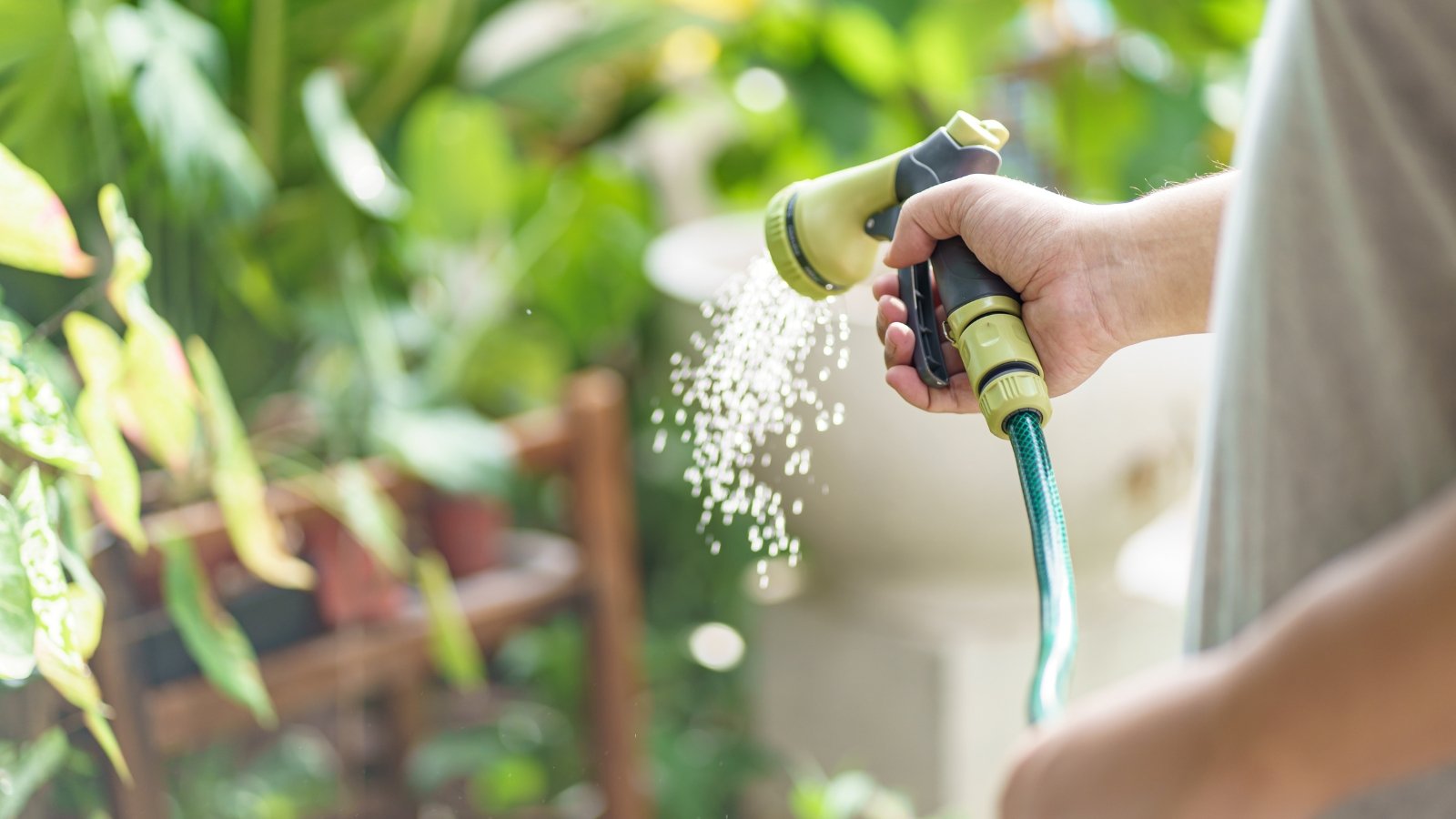

Watch this native plant thrive in wild areas close to moist bogs, swamps, and meadows. It prospers with mounted moisture all by means of the rising season. Plant it close to a pond or fountain, and it’ll reap some great benefits of the ever-present water. Throughout the event you’re rising this species in big containers, it’ll want extra water than vegetation all through the bottom.
Vegetation acknowledge loads a lot much less water all via their dormant season in autumn and winter. Areas much like the Pacific Northwest have ample winter rainfall, which implies growers obtained’t ought to water in these seasons. In case your plant’s rising beneath cowl all via dormancy, guarantee its soil stays moist nonetheless not soggy.
Soil
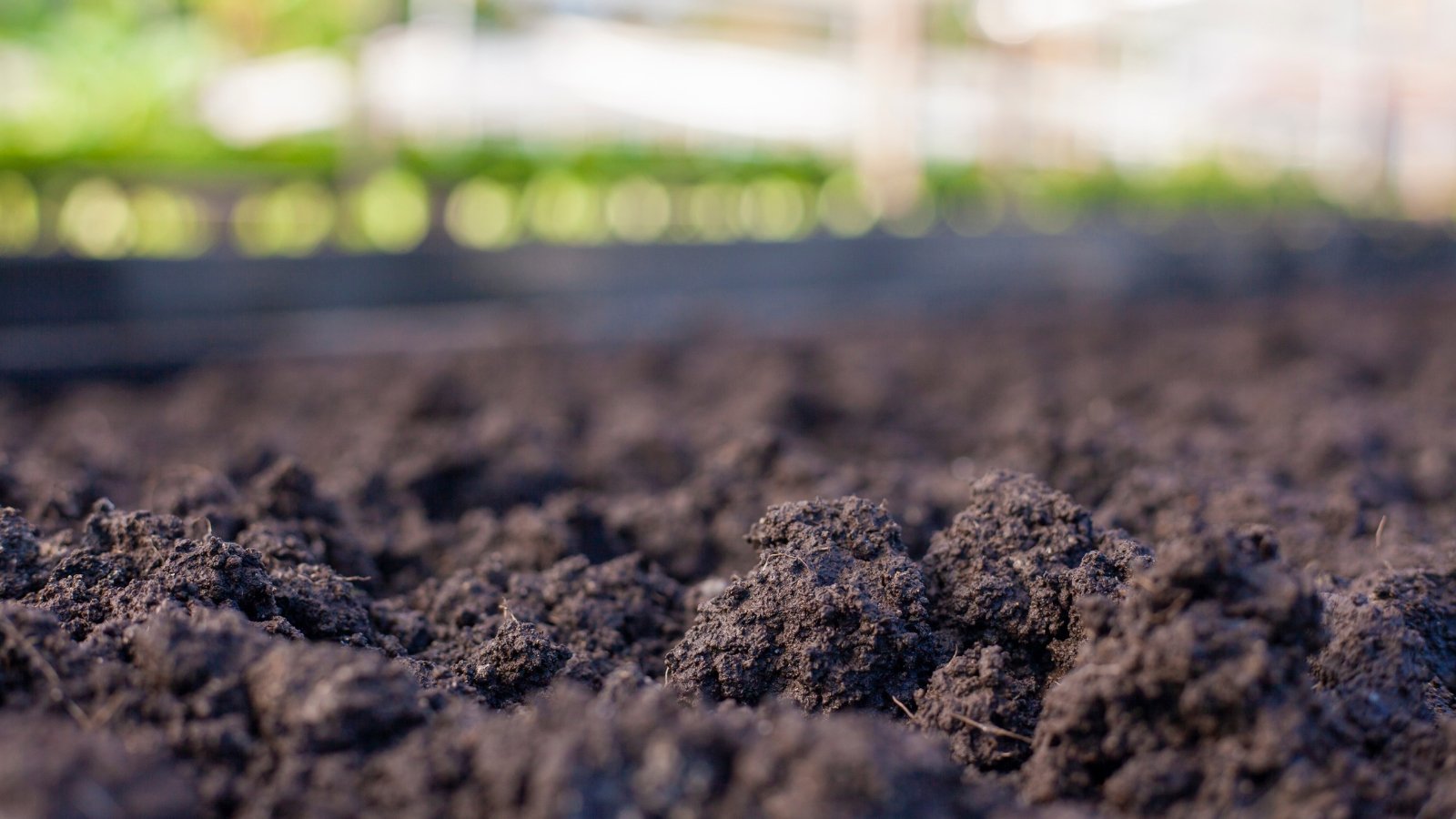

Queen of the prairie appreciates moist, fertile, and porous soil. It’ll tolerate clay or sand if it’s constantly moist, though the plant could develop shorter or with fewer blooms. Wealthy soil is straightforward to create with month-to-month helpings of compost or leaf mildew. These two pure substances inoculate soils with worms, fungi, and micro organism that positively impact soil porosity and fertility.
Throughout the event you lack compost or leaf mildew, along with fully completely completely different substances like straw, leaves, and plant scraps will assist the soil over time. Dig them in, they typically’ll decompose, creating crumbly humus. When the native climate cools, and this species goes dormant, permit its foliage and stems to die. They’ll decompose and cycle the dietary nutritional vitamins in place!
Fertilizing
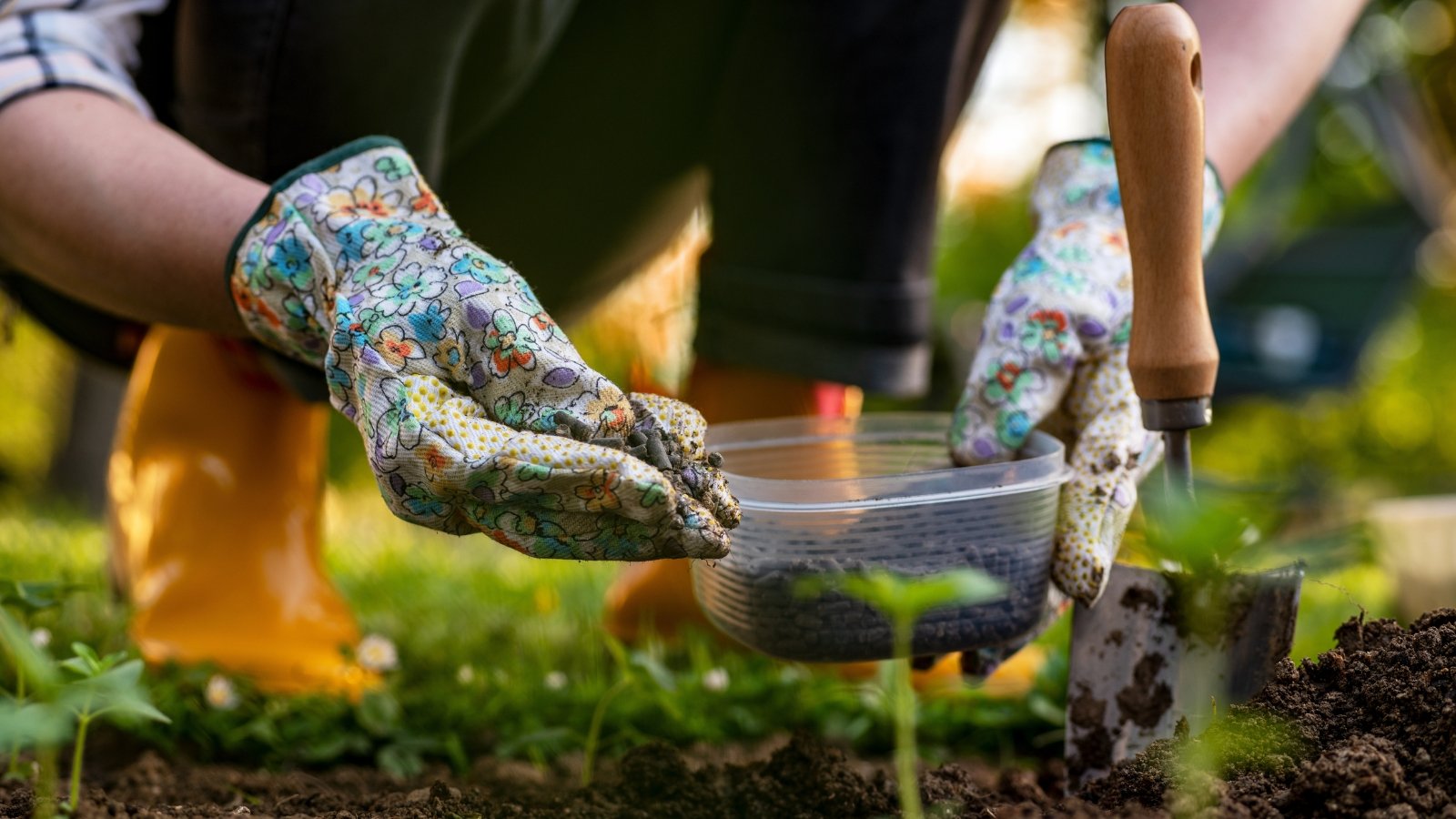

This native wildflower likes wealthy soil with quite a lot of dietary nutritional vitamins. In case your yard is low on dietary nutritional vitamins, you’ll be able to add pure fertilizer to compensate. Use a balanced combine and apply a dose or two in spring in response to the package deal deal deal’s directions.
Container specimens would possibly want extra fertilizer than these rising all through the bottom. Use a soil testing instruments to confirm which dietary nutritional vitamins you have to add.
Repairs
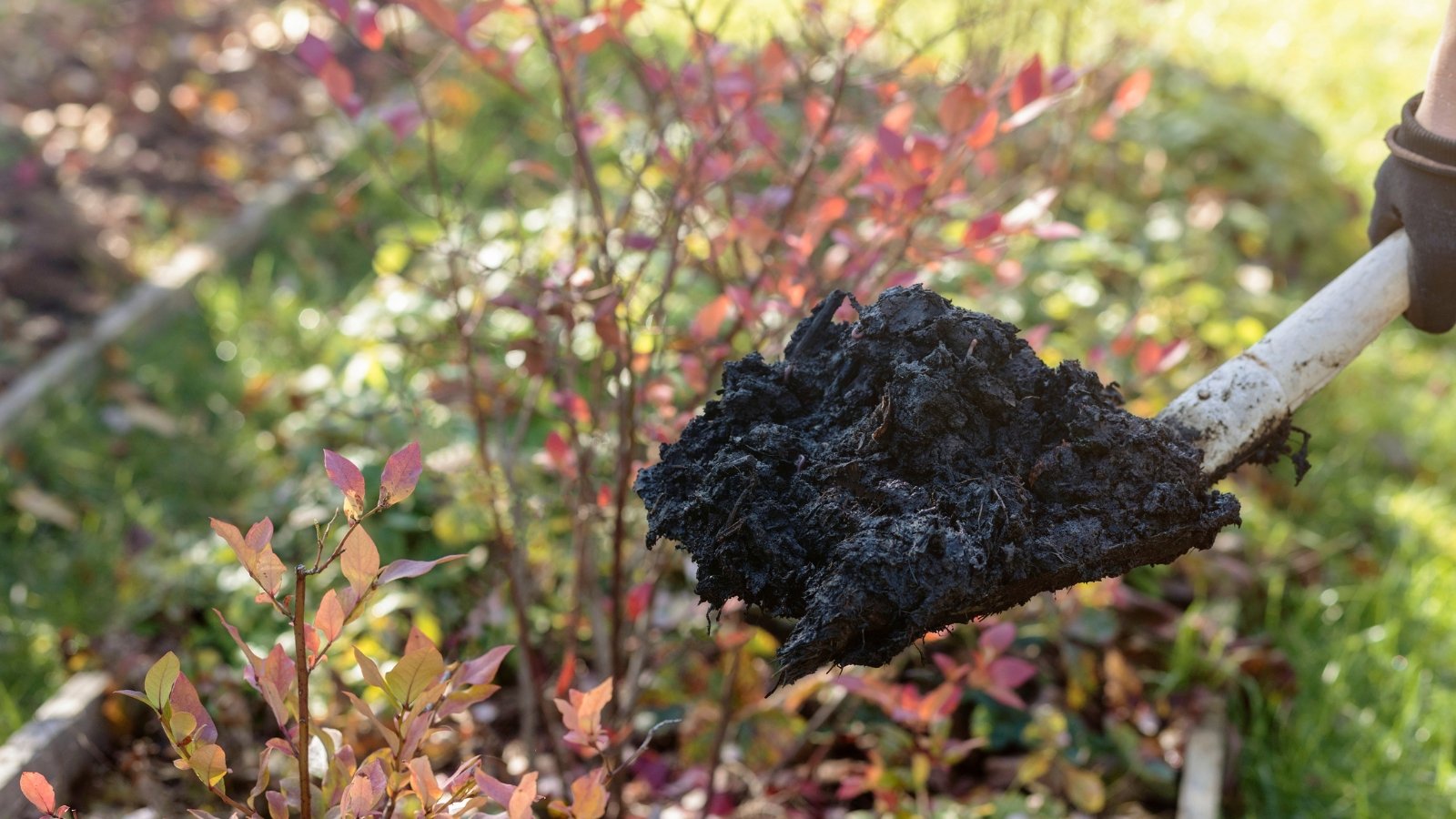

There’s little upkeep for this perennial—it’s an space wildflower that survives with out assist. Apply compost to create wealthy, fertile, and crumbly soil. You presumably can prune the lifeless foliage in winter, though you don’t ought to. It’ll decay by itself, and new enchancment will alternate it in spring.
Propagation
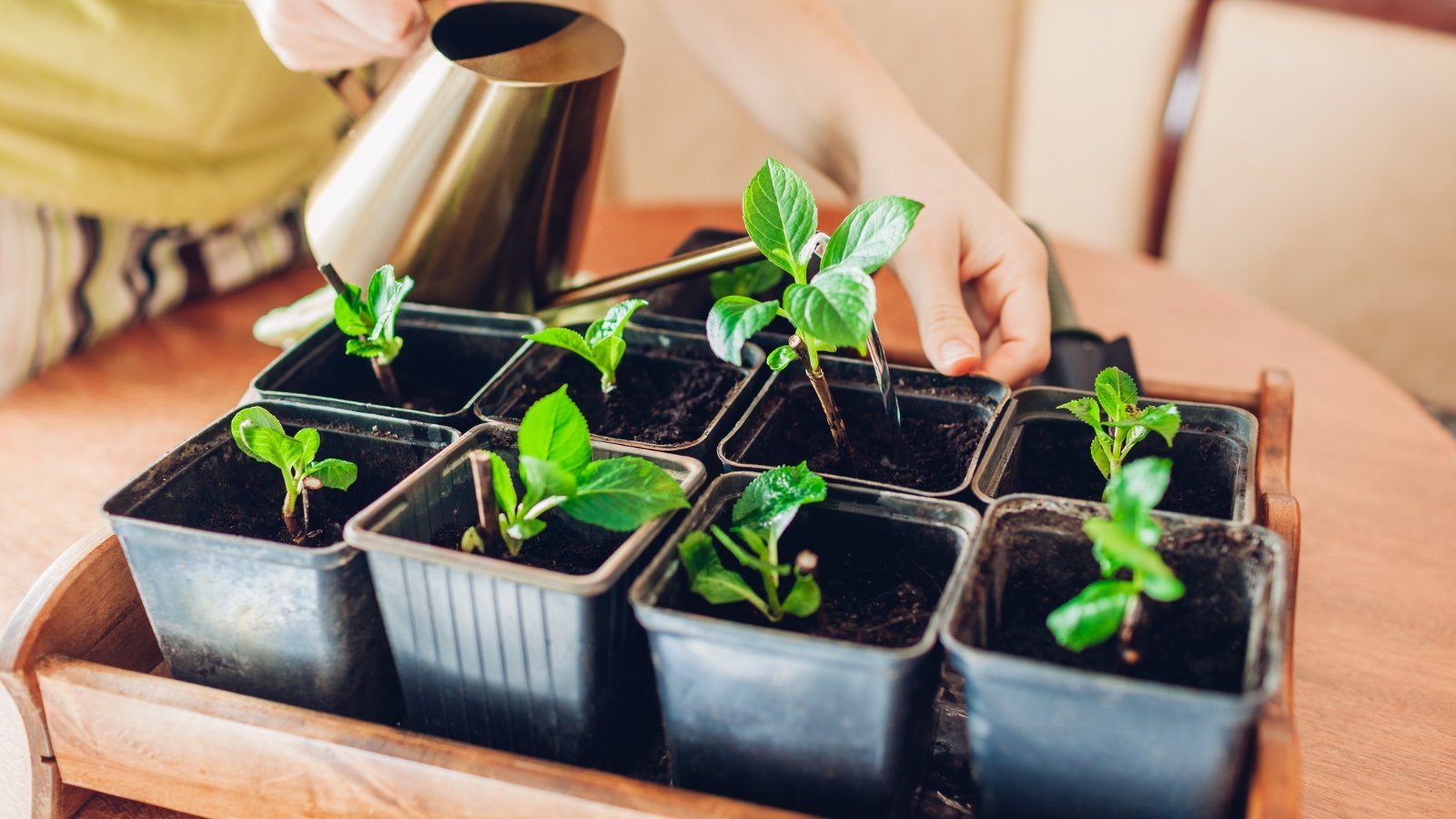

Propagate a single plant into a wide range of ones merely with two strategies: dividing and seed saving. Division is greatest for early spring, whereas seed saving happens after seeds ripen in late summer season season. Use each for optimum propagation or choose whichever methodology is simpler in your yard setup.
Division
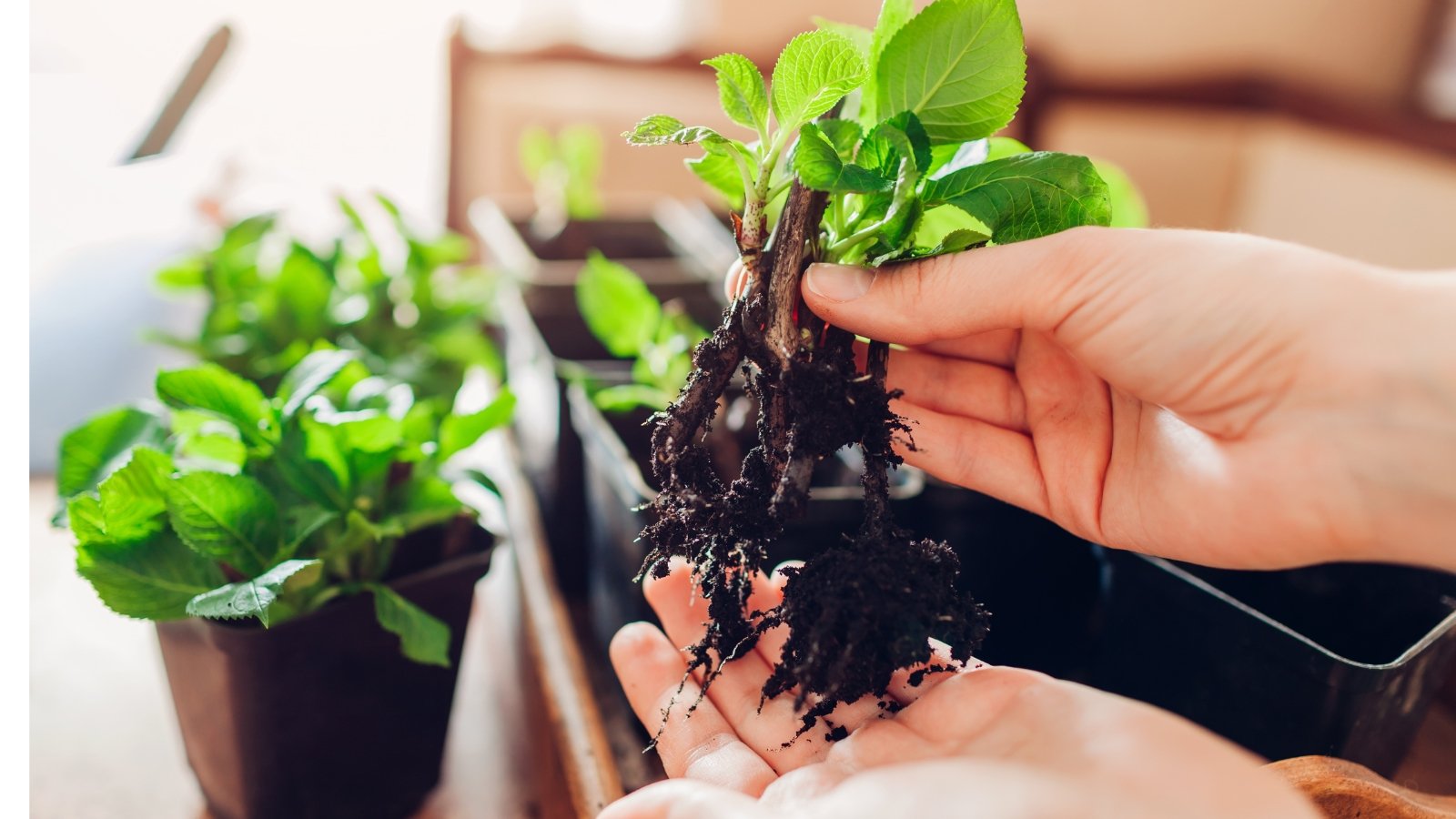

When mature, the queen of the prairie spreads large and creates a medium-sized clump. You presumably can separate a single one into a wide range of after your final frequent frost date in spring. Begin by digging up the clump. Dig a wide range of inches exterior of the plant’s crown to make sure to excavate an entire lot of the roots.
If you happen to dig out the plant, use a pointy knife or pruners to break up the plant. Every division wants roots and new shoots to thrive in its new location. Transplant the divisions into their new properties and water the internet sites correctly. Guarantee they’ve mounted moisture whereas they prepare themselves. They’ll mature into big specimens you’ll be able to divide for added vegetation!
Seed Saving


This native wildflower varieties small seeds in summer season season after the blooms fade. They’ll begin new seedlings in case you depart them to fall on the soil, though you can even buy them for safekeeping. Begin by chopping off the flower heads as shortly as they rattle with seeds. Place them inside brown paper baggage and allow them to dry fully. They’ll drop ripe seeds to the underside of the bag so you should buy them merely.
Retailer dry seeds in an hermetic container inside a cool, darkish location. Pantries, closets, and garages are good for storing them.
Fashionable Varieties
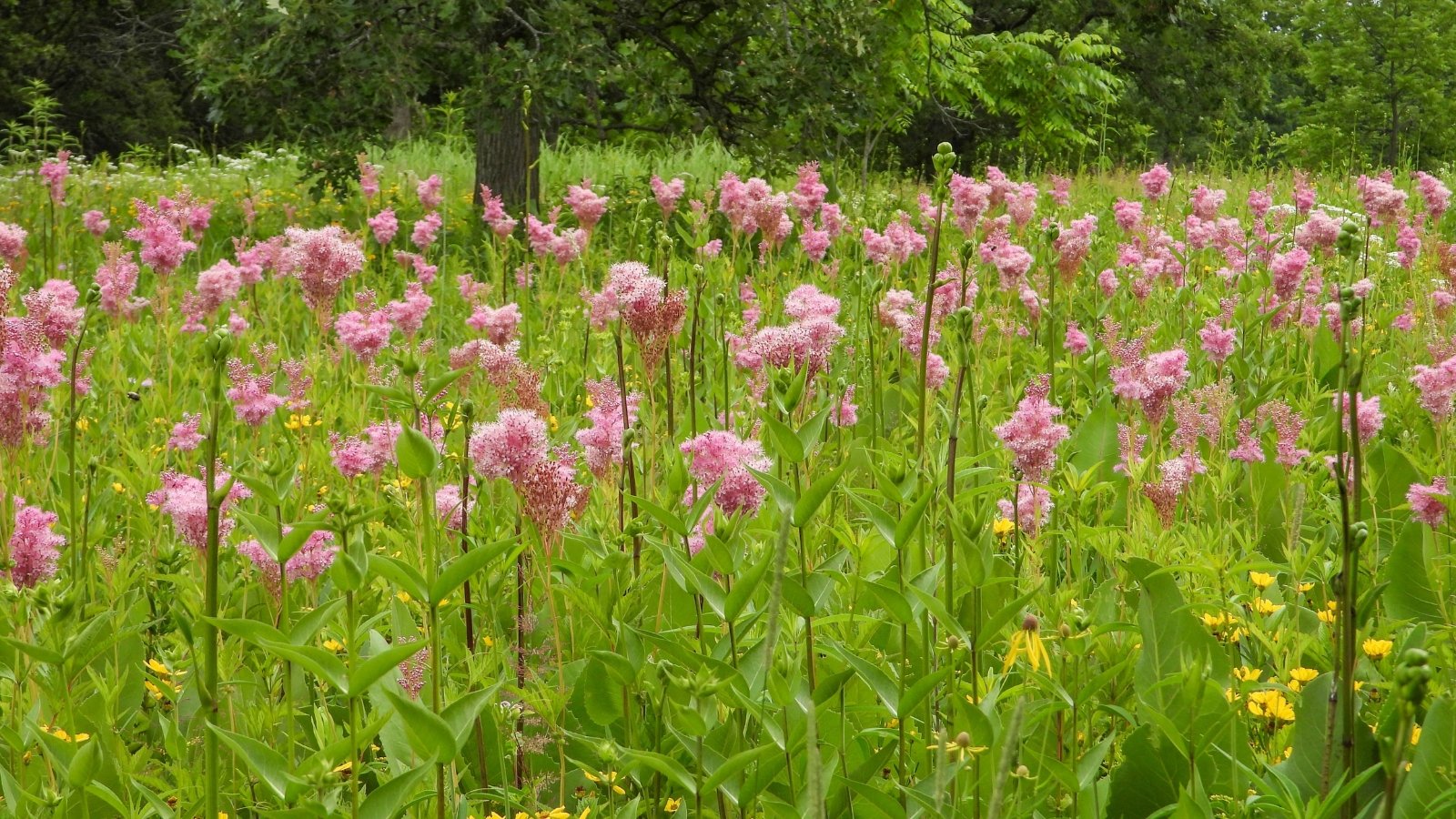

Some cultivars and species exist that current distinctive flower colours and plant habits. Select the native species Filipendula rubra for a hardy, robust, and tall specimen. The next cultivars furthermore work correctly for pollinator gardens and wildscapes.
‘Albicans’
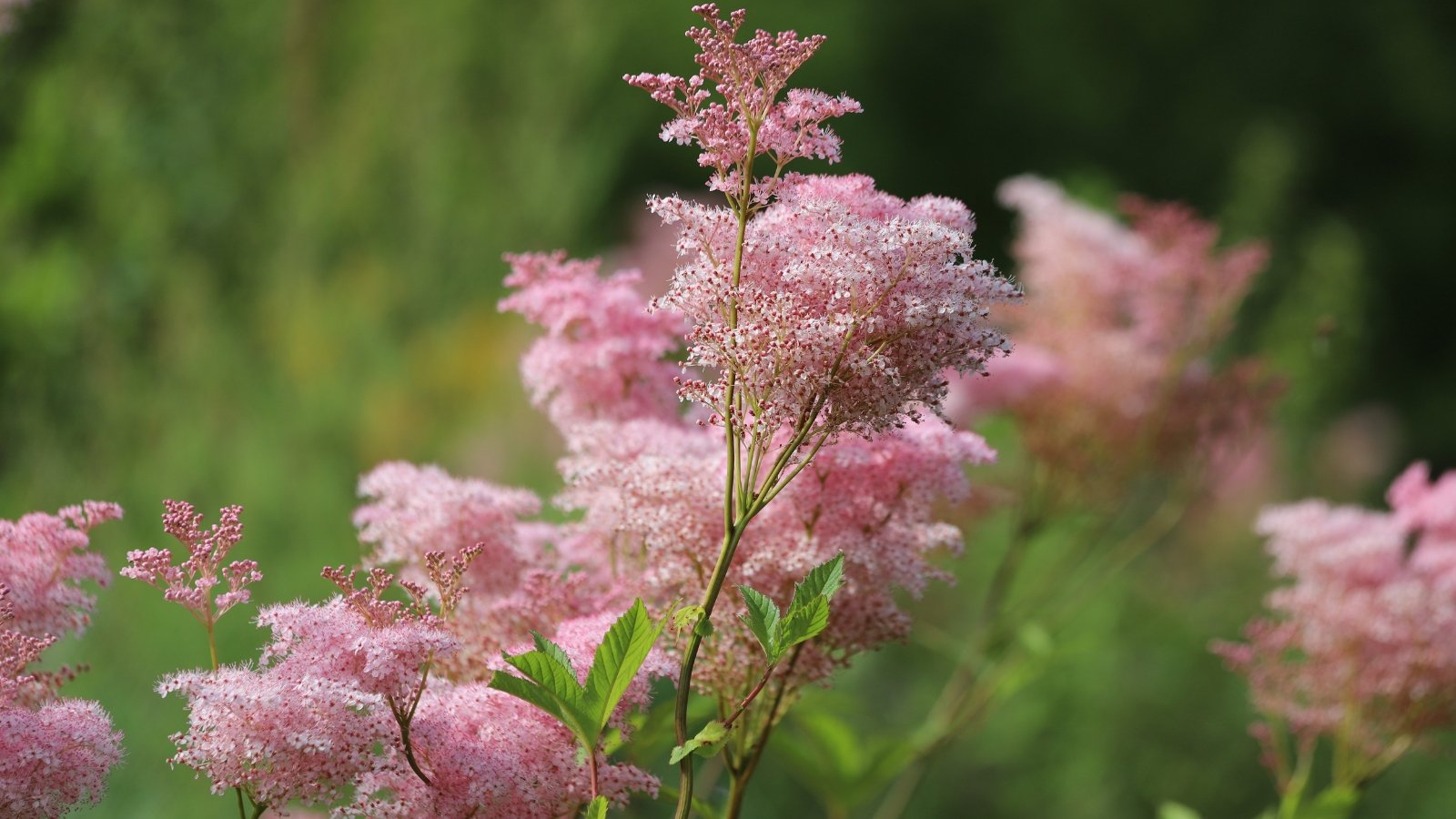

‘Albicans’ is a shorter selection with white-pink blooms. It reaches 5 to 6 toes tall and is true for borders or raised beds. It tucks in appropriately amongst completely completely different flowering perennials and annuals. The white blossoms current pollen for native pollinating bugs, they typically make unbelievable cut back flowers in bouquets and preparations.
‘Venusta’
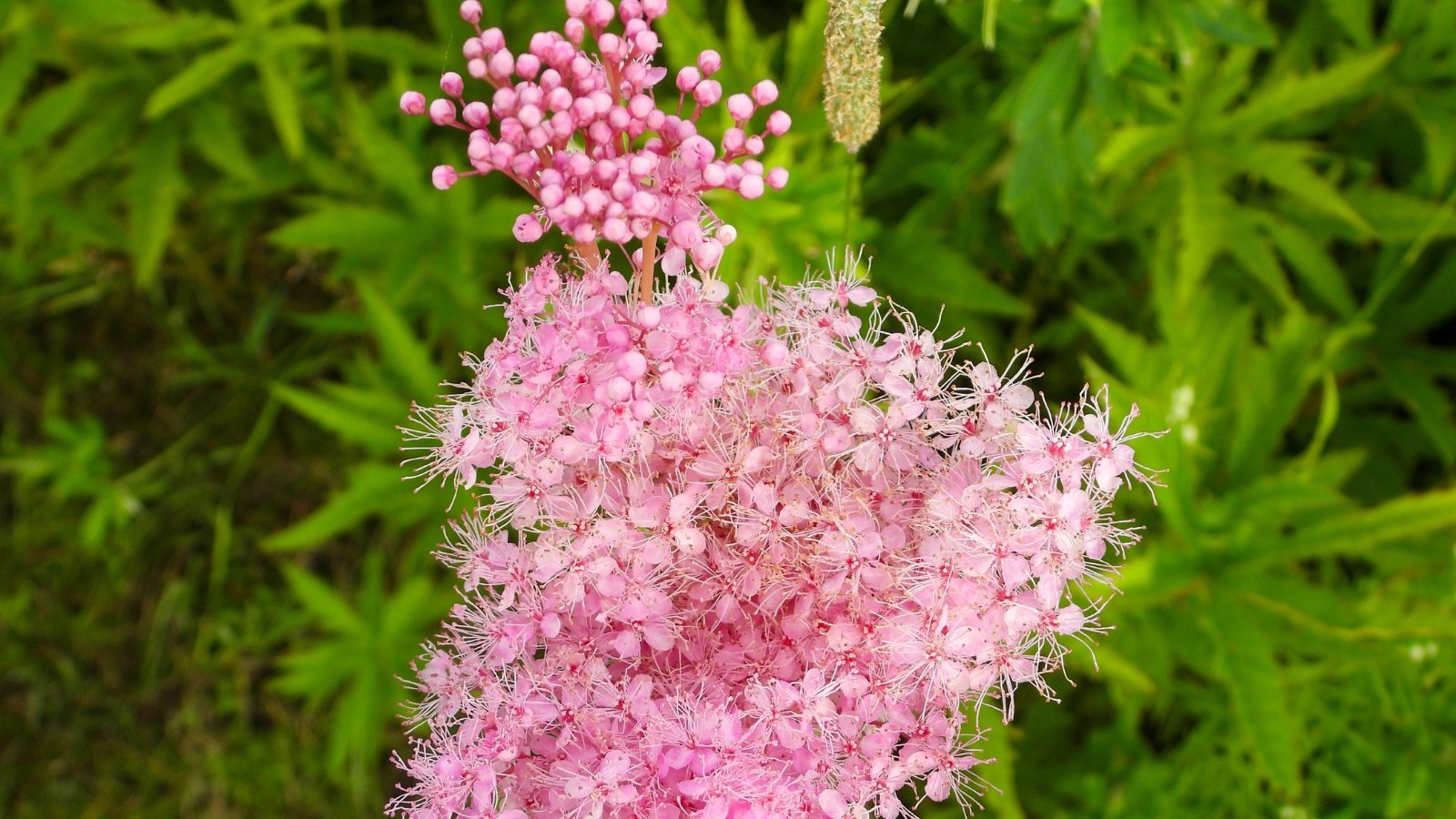

‘Venusta’ is a favourite of gardeners all by means of North America. You’ll uncover this sort in plant nurseries and extensively available on the market on-line. It blooms pink flowers of a wealthy hue, and it stays shorter than the species kind. ‘Venusta’ reaches 4 to eight toes excessive instead of six to eight.
‘Meadow Queen’
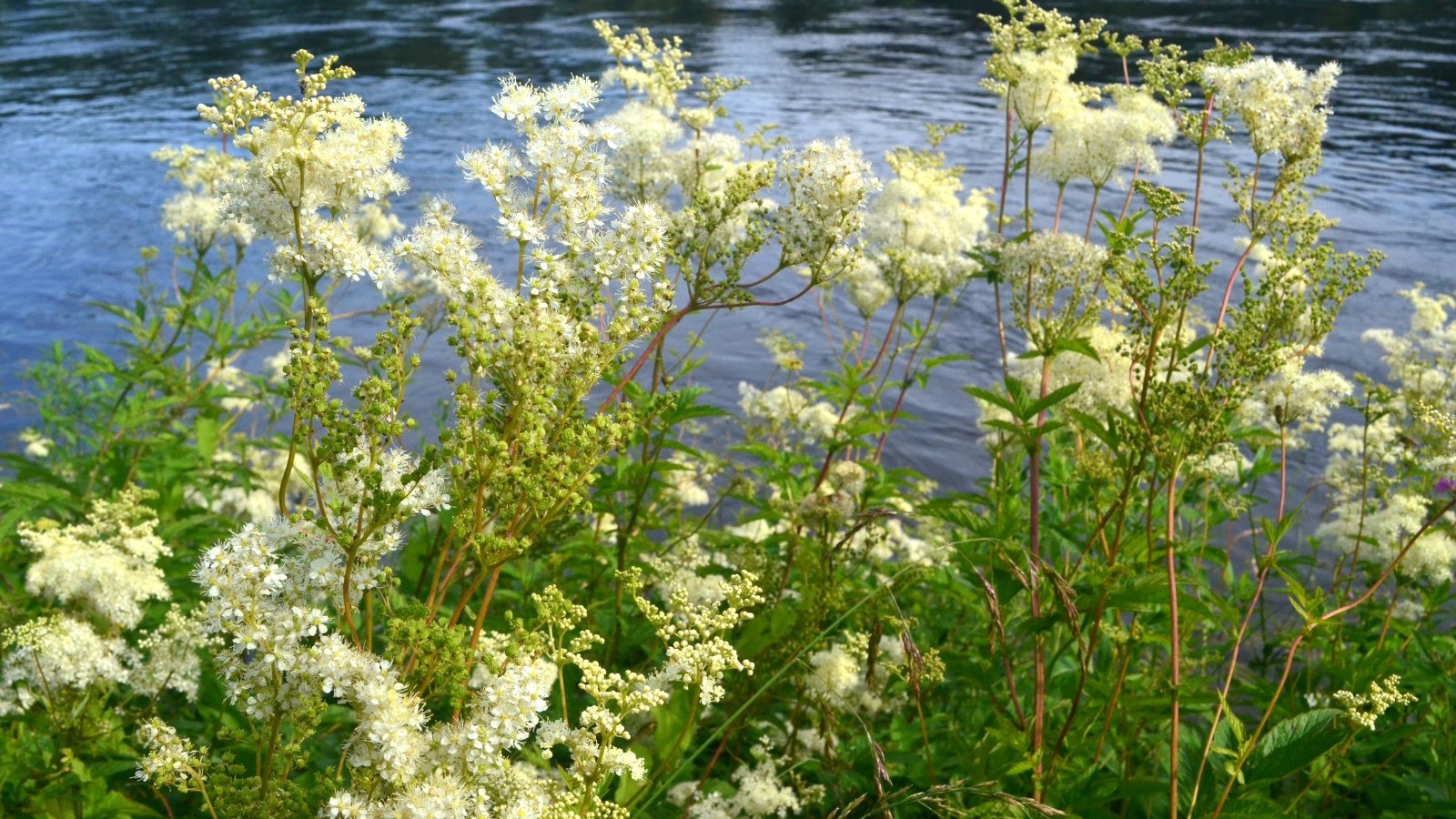

Meadow queen is a relative of the queen of the prairie, nonetheless it’s not native to North America. It grows wild in Europe and naturalizes from the East Coast inland in course of Iowa and Missouri. Meadow queen’s scientific title is Filipendula ulmaria. It’s shorter than the North American species, and it sprouts white-green flowers instead of pink ones. Throughout the event you reside all through the Midwest, guarantee this plant isn’t listed as a noxious weed in your home ahead of planting.
Frequent Factors
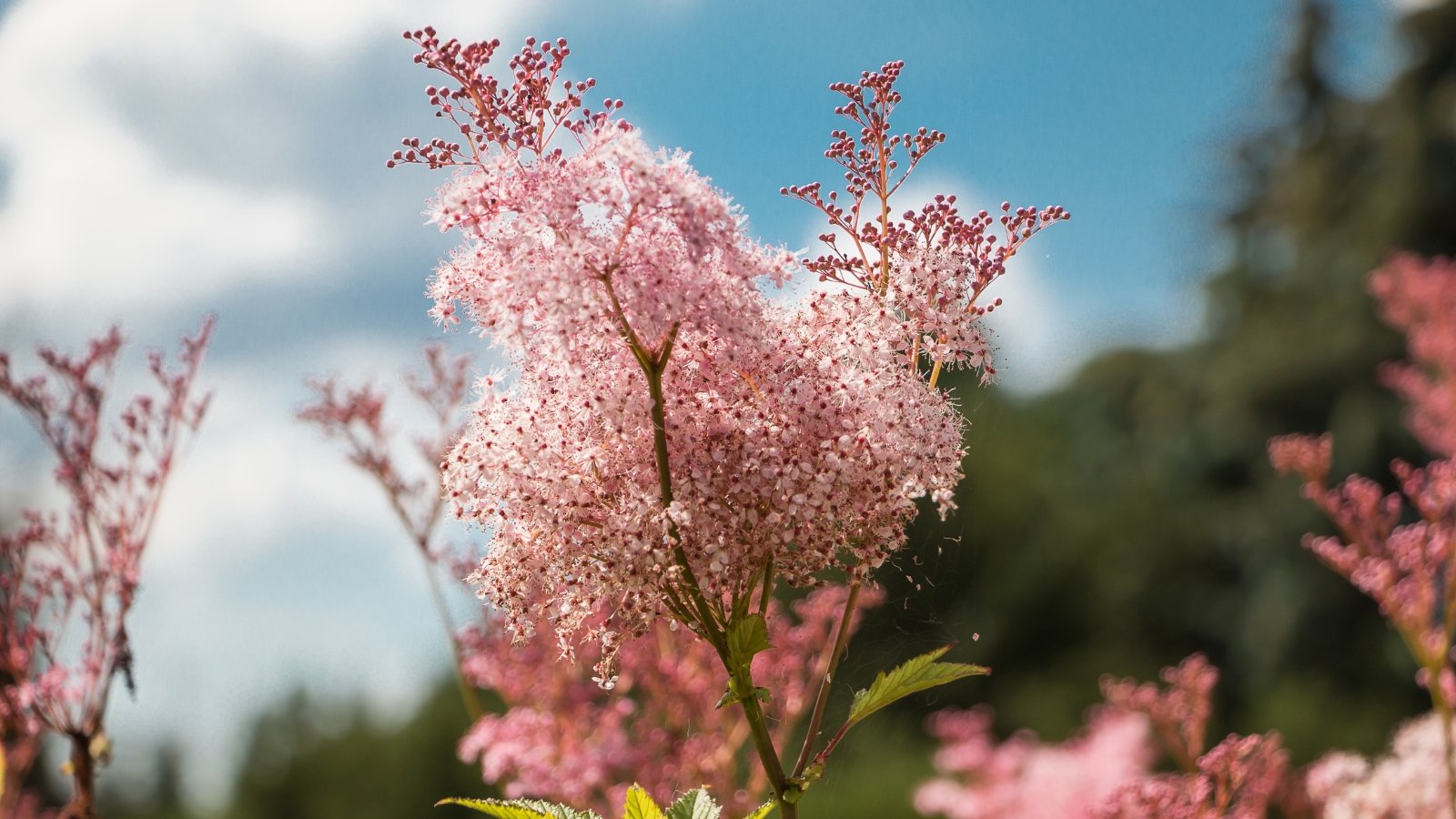

Queen of the prairie has few essential pest or illness factors. You would possibly even see some aphids or yellowing leaves, nonetheless they’re minor factors with easy selections. In case your plant is struggling, it’s just about really a problem with its customized. Restore the situations and the issues disappear.
Pests
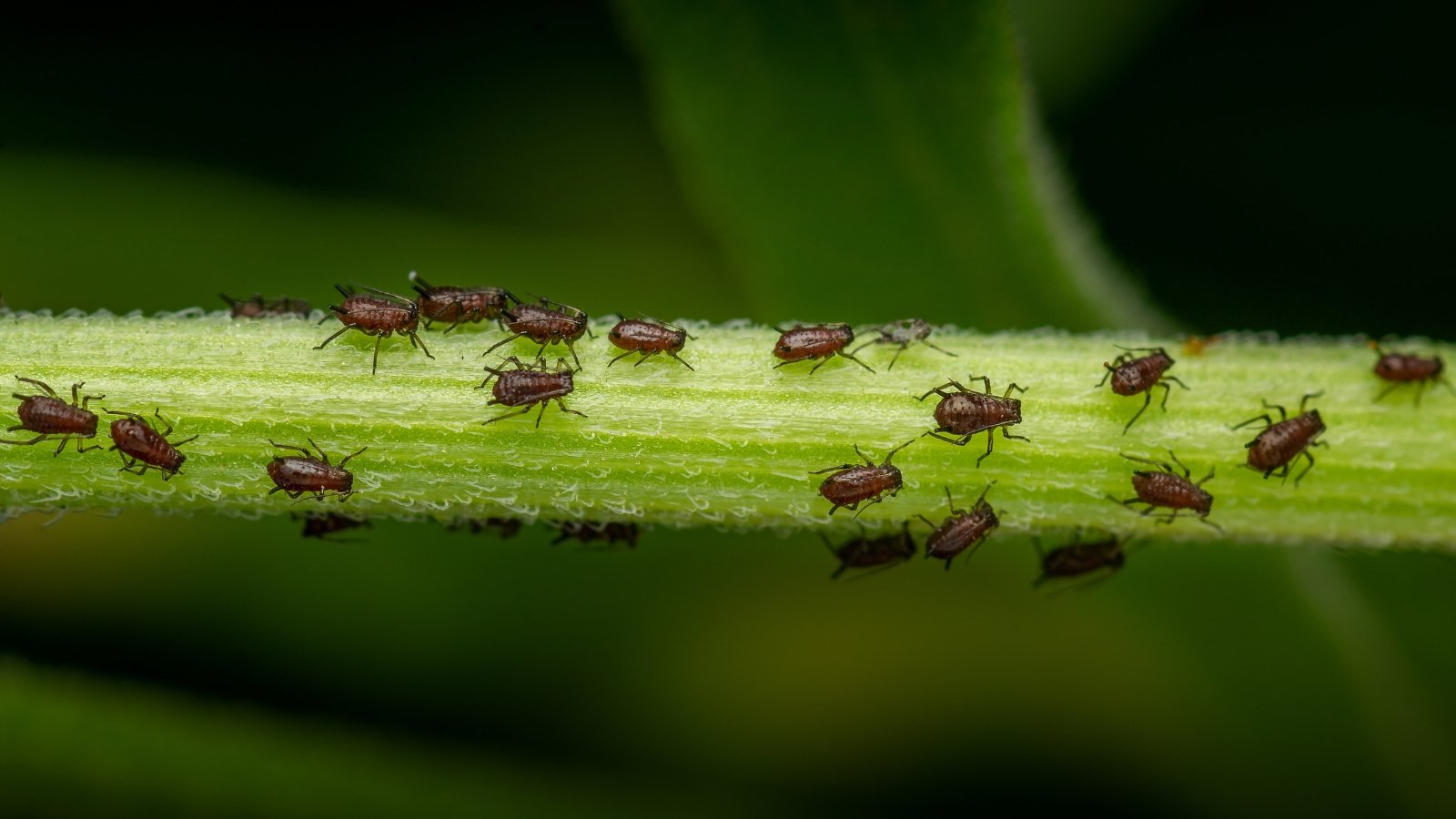

This species resists deer making an attempt and is true for woodland areas the place these animals are current. Aphids could eat the leaves and opening blossoms whereas temperatures are heat. Sit up for black, inexperienced, or yellow fleshy our our our bodies that accumulate collectively. Rid them off your vegetation by spraying them with a robust stream of water. Do this each day for per week or so till they vanish for good.
Sicknesses
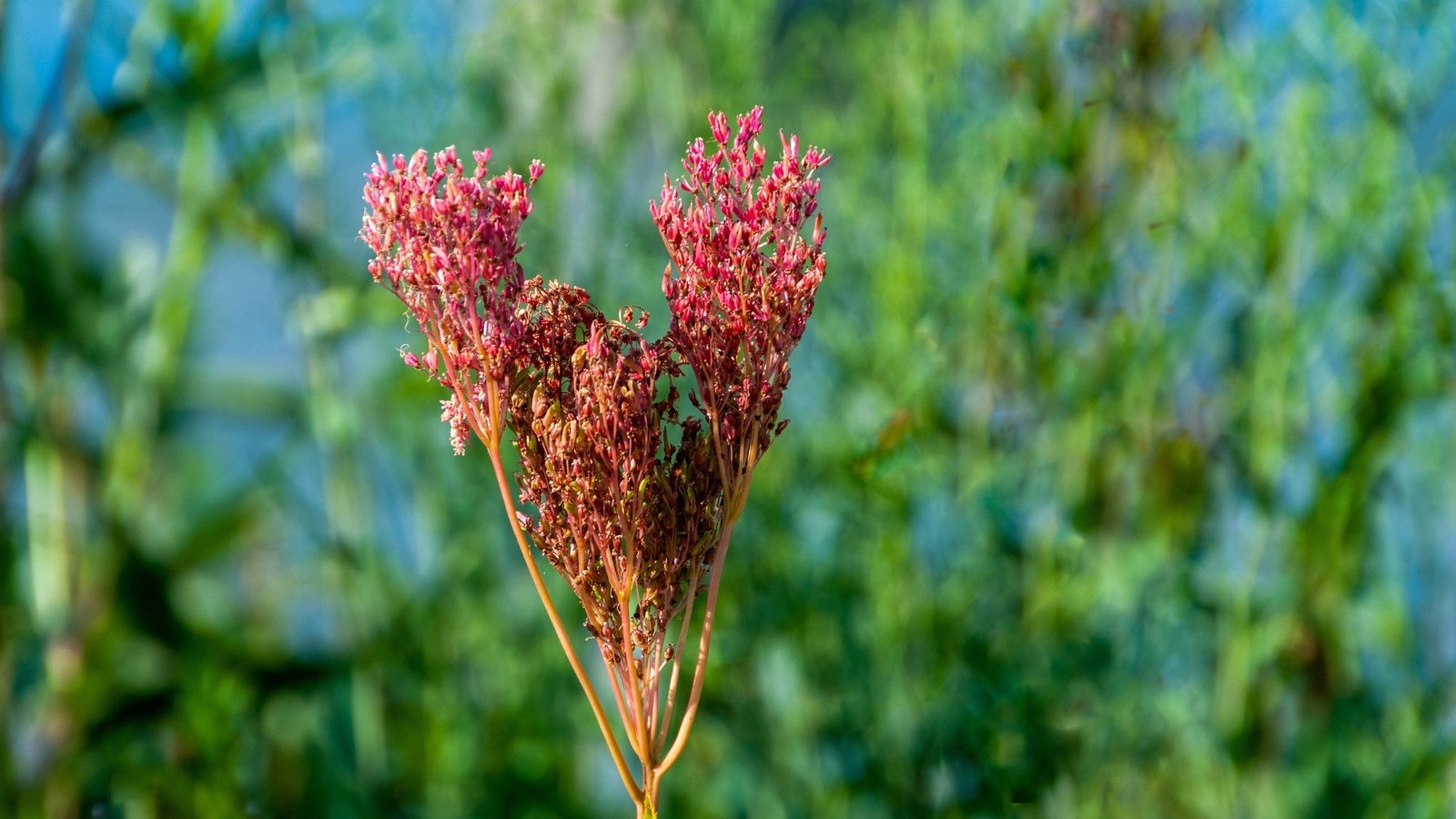

There are no essential ailments afflicting this native wildflower. It’d dry out all via droughts or warmth waves, rising yellow leaves and weak stems. Protect mounted moisture all by means of the rising season to maintain up them healthful and turgid.
Ceaselessly Requested Questions
This herbaceous perennial likes moist, fertile, and porous soil. Give it full picture voltaic or partial shade, and guarantee it has safety from afternoon picture voltaic all through the most well liked climates.
Uncover this species available on the market as potted vegetation or seeds at native plant nurseries or from on-line retailers.
Transplant seedlings in fall or spring. Receive this two months ahead of your first frost date in autumn or after your final frequent frost date in spring.
[ad_2]
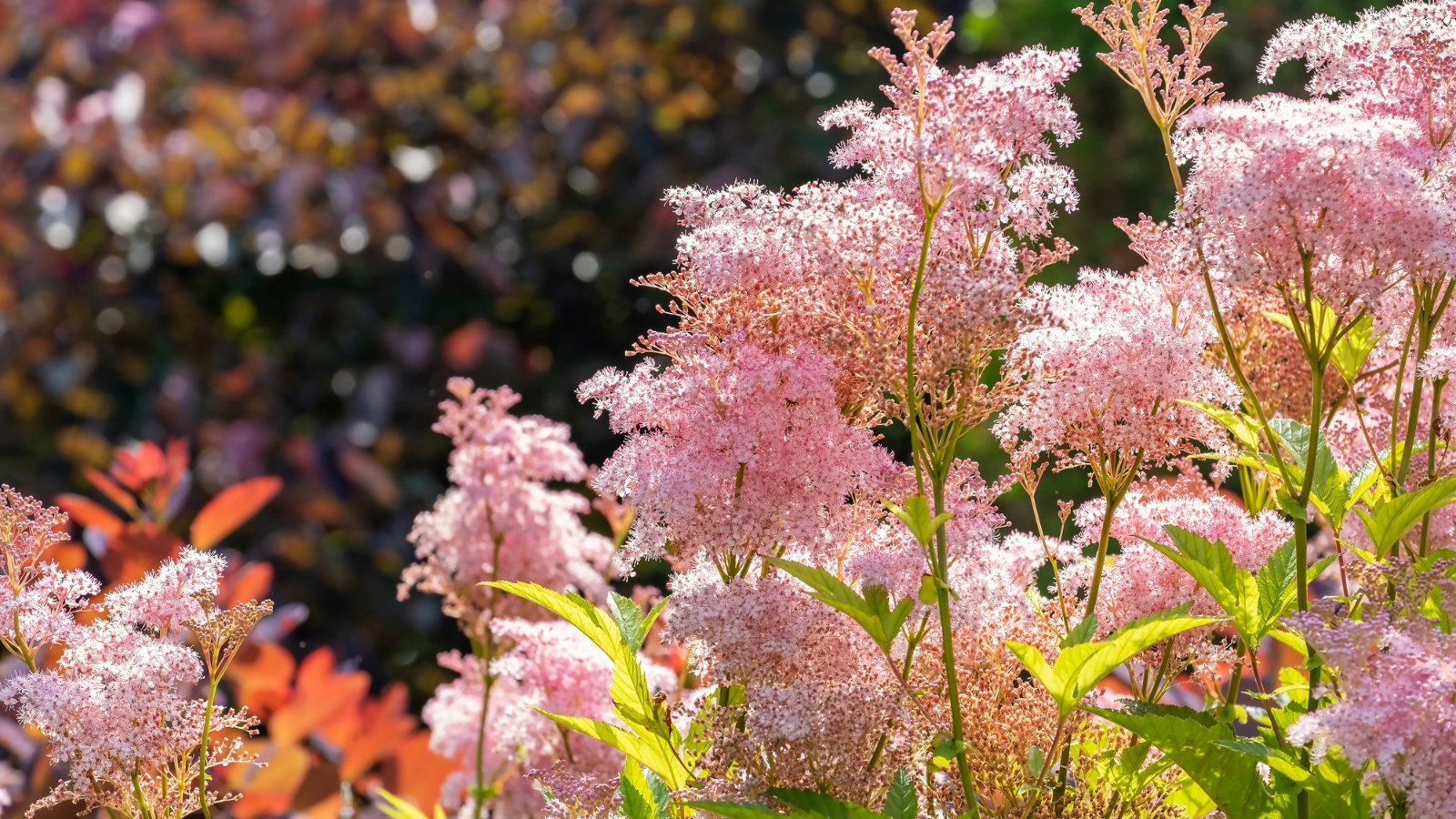
The Queen of the Prairie sounds like a wonderful addition to any garden focused on sustainability. I appreciate the clarification about its sunlight needs and how to care for it during drought conditions; very useful information!
I appreciate the detailed information on the Queen of the Prairie. It seems like a fascinating plant for pollinator gardens. I wonder if it would thrive in my region, as I am keen to enhance biodiversity in my backyard.
It’s intriguing how this plant can attract various pollinators and contribute to the ecosystem. The tips on soil and watering requirements are particularly helpful for novice gardeners like myself who want to start a native plant garden.
I found this article quite informative, especially regarding seed propagation and transplanting techniques. It’s nice to see more emphasis on native plants and their benefits in maintaining local wildlife populations in our gardens.
The article provides great insights into growing the Queen of the Prairie. I find it interesting that it can grow up to eight feet tall. I’ll have to consider this when planning my garden layout for next season.